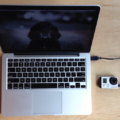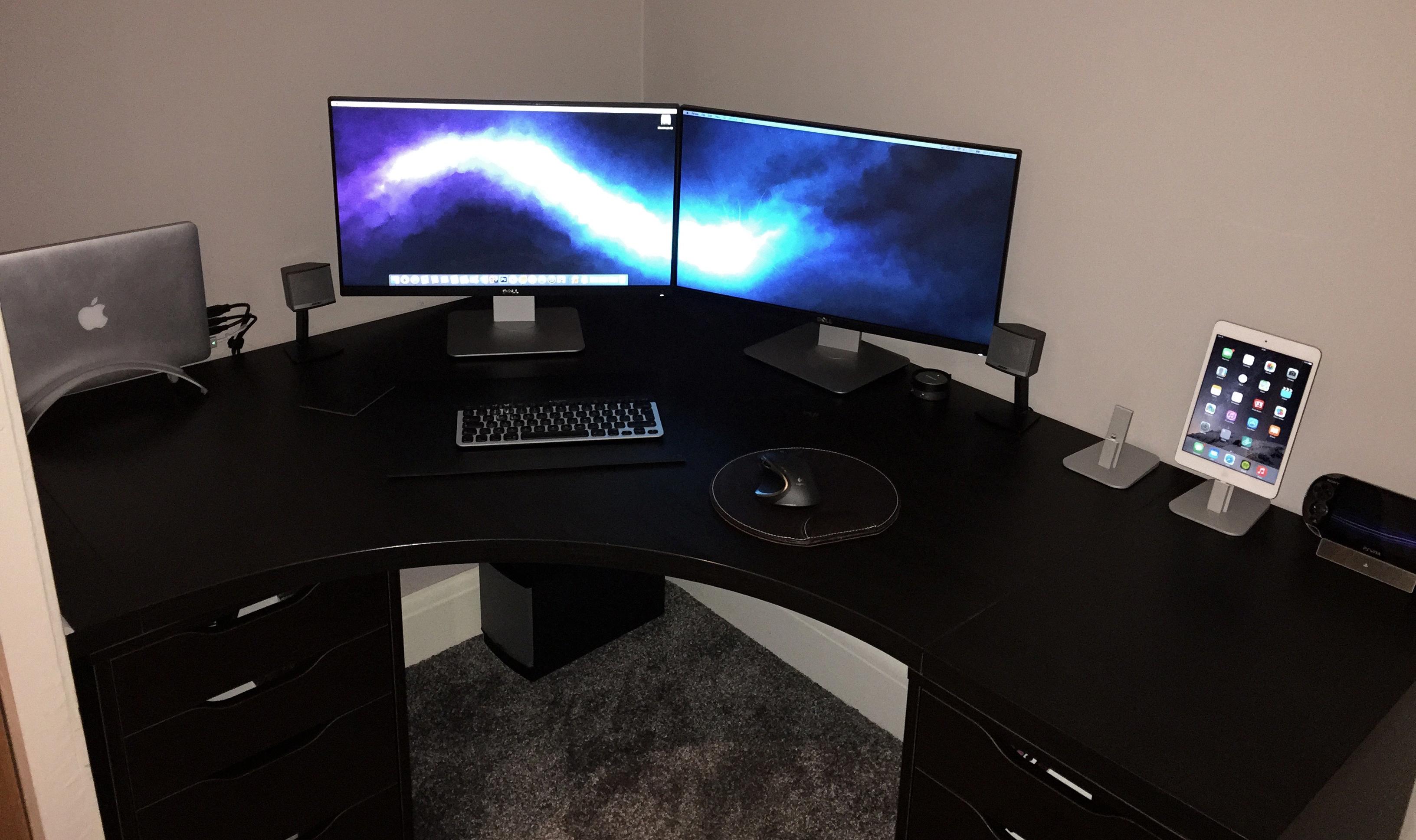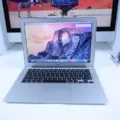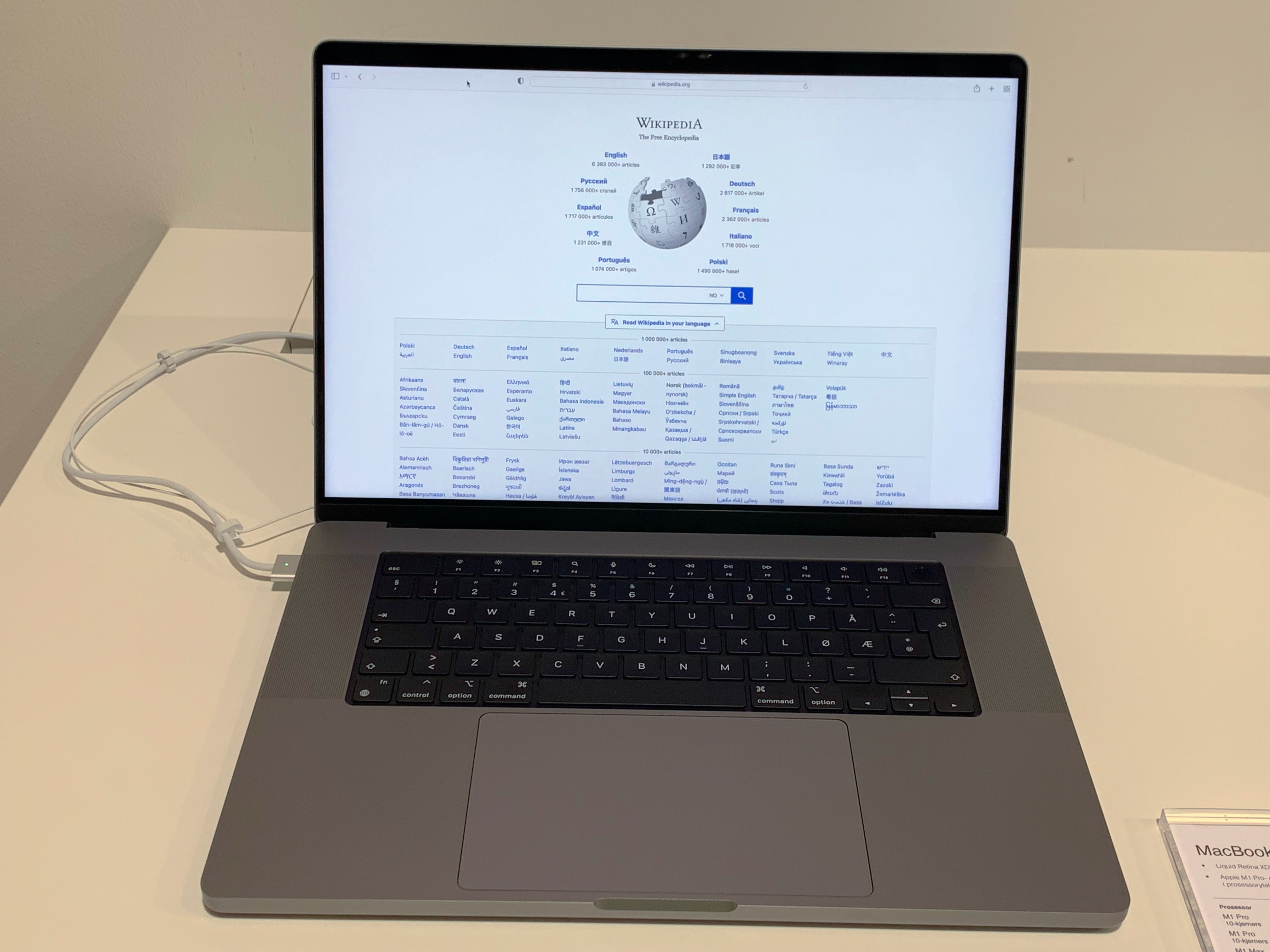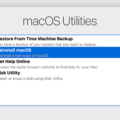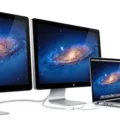Setting up dual monitors for your MacBook Pro is easier than you think! Whether you have a Macbook Pro 13” or 16”, you can connect two external displays with just a few simple steps. With the help of a USB-C dongle or adapter, you can use the Thunderbolt 4 (USB-C) and HDMI ports on your laptop to get your dual monitor setup up and running.
For those with the Macbook Pro 13”, you can use its native hardware to connect one additional monitor. To do this, simply plug your USB-C cable into the laptop’s Thunderbolt 4 port, then plug the other end of the cable into an available HDMI port on your monitor. For those with the Macbook Pro 16”, use any of its four Thunderbolt 4 (USB-C) ports to connect two additional monitors.
In order to make sure that your second monitor is working properly, it is important that you configure it correctly in System Preferences > Displays. Here you will be able to set up mirroring so that both screens display the same content, or choose different displays for each screen. You may also want to adjust the resolution and brightness settings for each display from this menu.
For those who wish to expand their workspace even further beyond two monitors, there are several ways to do so without breaking the bank. Consider investing in a USB-C/HDMI splitter if you need more than two external displays connected to your laptop simultaneously. Alternatively, if budget permits it may be worth purchasing a docking station that supports multiple video outputs like HDMI or DVI for connecting extra monitors as needed.
Whether it be for work or play, setting up dual monitors on your Macbook Pro will provide a great boost in productivity and efficiency when compared to working with just one screen alone! With just a few quick steps and some basic hardware setup knowledge, anyone can get their dual monitor setup up and running in no time at all!
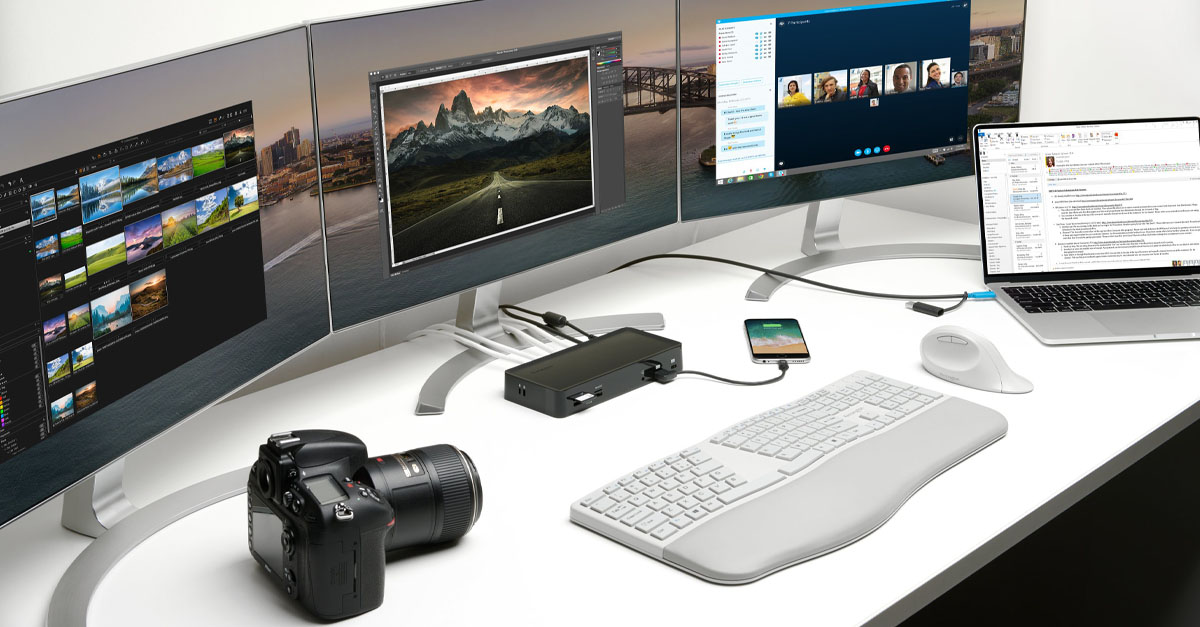
Connecting Two Monitors to a MacBook Pro with USB-C
Yes, you can connect two monitors to your MacBook Pro with USB-C. Depending on the model of your MacBook Pro, you can use either a USB-C to DisplayPort cable or a USB-C to HDMI cable. Both cables will allow you to connect one external display directly to your MacBook Pro. To connect two monitors, you will need a USB-C hub that supports dual displays. The hub should have at least one HDMI port and one DisplayPort port, both of which you can use to connect your external monitors. Alternatively, if your MacBook Pro has Thunderbolt 4 (USB-C) ports, you can use a Thunderbolt dock that supports dual displays.
Connecting Two Monitors Together Using USB-C
Yes, you can connect two monitors together via USB-C. Depending on the type of monitor you want to connect, you will need either a USB-C dongle or a USB-C dongle with an HDMI interface. With the dongle, you can plug one end into your laptop’s USB-C port and the other end into each monitor’s HDMI port. Once connected, your laptop should recognize both monitors and allows you to extend or duplicate your display across them.
Connecting Two Monitors to a MacBook Pro
Yes, you can connect two monitors to your MacBook Pro with ease. If you have the 16” MacBook Pro M1, then you can use the Thunderbolt 4 (USB-C) and HDMI ports to easily connect two external monitors. If you have the 13” MacBook Air, then you can connect one additional monitor through its native hardware. However, there is a workaround that can be used to connect another monitor as well. All you need is a USB-C digital AV multiport adapter and an HDMI cable to get it working. Once connected, it will allow your laptop to send video output to both monitors simultaneously.
Connecting a MacBook to a Monitor Using a USB-C Cable
Yes, you can connect your Apple MacBook Pro to a monitor with a USB Type-C cable. This type of cable is high-speed and provides data transfer speeds up to 40GB/s – that’s four times faster than Thunderbolt 3 and eight times faster than USB 3.0. All you need is a USB Type-C head or adapter to connect the two devices together. Once connected, you can use your monitor to display the contents of your MacBook Pro’s screen for extended viewing or for dual-screen workflows.
Using USB-C to HDMI for Dual Monitors
Yes, you can use a USB-C to HDMI adapter to connect two external monitors to your laptop. However, it is important to note that your laptop must have a USB-C port with Thunderbolt or DisplayPort support in order for the adapter to work properly. Once connected, you will be able to use both monitors simultaneously, allowing you to increase your productivity by being able to work on multiple tasks at once.
Can USB-C Support Dual 4K Monitors?
Yes, USB-C can support dual 4K monitors. The USB-C connector is designed to work seamlessly with DisplayLink to provide a reliable connection to two full 4Kp60 displays. This allows users to enjoy high-resolution visuals on both monitors using just one USB connection.
Using Dual Monitors on a Mac
In order to use dual monitors separately on Mac, you’ll need to open the ‘System Preferences and select the ‘Mission Control’ preference pane. Once there, you’ll find an option labeled ‘Displays have separate Spaces’. When this checkbox is selected, your Mac will treat each of your monitors as a separate space. This means that when you drag a window or application to one of the monitors, it will stay there and won’t move over to the other monitor. Additionally, each monitor will have its own desktop wallpaper and menu bar.
Using Dual Monitors with a MacBook Pro M1
Using dual monitors with your MacBook Pro M1 is possible and easy to do. All you need is a dual HDMI adapter, which plugs into your M1 or M2 Mac Thunderbolt port and turns it into 2 HDMI ports. You can then plug two external displays into the adapter, which will allow you to use multiple monitors with your MacBook Pro M1. Once the external displays are plugged in, go to System Preferences > Displays and configure the display settings to your preference. This will allow you to use multiple monitors with your MacBook Pro M1.
Does the MacBook Pro Support USB-C Monitors?
Yes, MacBook Pro supports USB-C monitors. It has at least one Thunderbolt 3 (USB-C) port which can be used to connect a USB-C monitor. To do so, you will need a USB-C cable or an adapter and cable. Once the connection is established, you will be able to use the monitor to display your MacBook Pro’s screen. You can also use other types of external displays with the Thunderbolt 3 (USB-C) port, such as HDMI or DisplayPort monitors.
Can USB-C Be Used for Monitors?
Yes, USB-C does work for monitors. USB-C is a type of port that allows for simultaneous data transfer and charging, which makes it a great connection option for monitors. USB-C also supports video output, meaning you can use it to connect your laptop to a monitor or other display device. Additionally, USB-C can support up to 8K resolution displays and refresh rates of up to 120Hz, making it an ideal connection option for gaming or other high-resolution applications.
Conclusion
The MacBook Pro is one of the most powerful and versatile laptops on the market. It comes with a range of ports and capabilities, allowing you to easily connect up to four external monitors for a complete workstation setup. With its high-speed Thunderbolt 4 (USB-C) and HDMI ports, you can connect up to two monitors easily, while a USB Type-C head or adapter can be used to connect an additional monitor. The MacBook Pro also features powerful hardware and software components that allow it to handle demanding tasks with ease. Whether it’s for business, entertainment or creative projects, the MacBook Pro is an ideal choice for anyone looking for a premium laptop experience.


